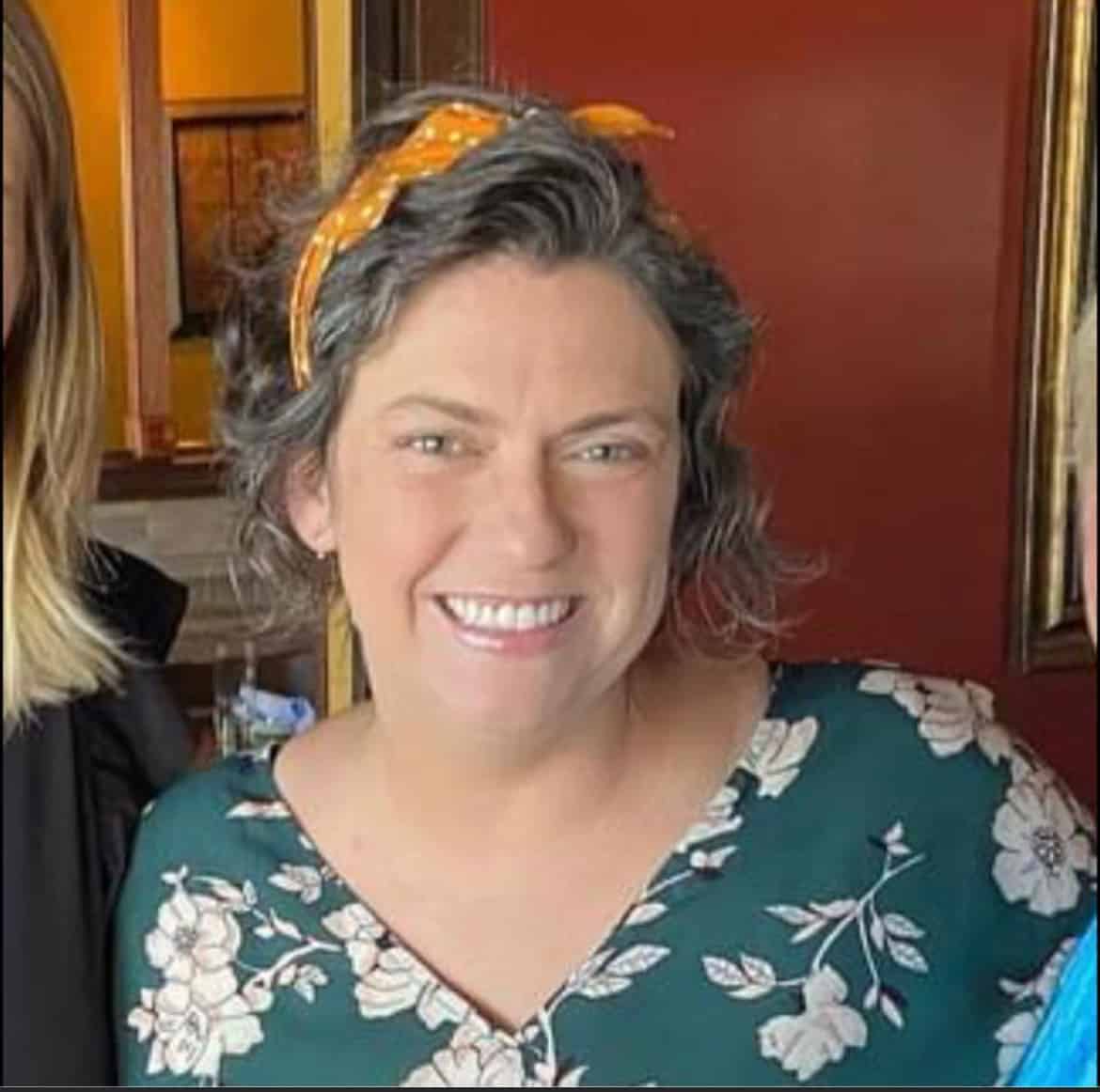Technically, the few hundred Confederate soldiers from the Civil War should not be buried in Arlington National Cemetery, per army burial regulations. It is a United States military cemetery and these soldiers, for the most part, did not serve in the United States military. Though not a stop on our guided walking tours of Arlington National Cemetery due to the distance, there is a section for Confederates buried at Arlington.
In the beginning of burials at Arlington, Civil War veterans from the union were buried amongst freed blacks and Confederate soldiers without much distinction between them.
As years past and Arlington became more and more associated with the honor of our military, Union soldiers, both those who died during the war and veterans who died later, were given more care to the location and upkeep of their graves and headstones.
Confederate graves in government cemeteries in the North languished for want of care and upkeep. Southern support groups were not allowed to maintain the decrepit graves.
On Decoration Day, the precursor to modern Memorial Day, it was forbidden to decorate Confederate graves.
What changed all this was another war. The Spanish-American War brought together the North and the South in a true reunification to fight together. Leading the charge was General Joseph "Fighting Joe" Wheeler, a former Confederate officer. The diminutive calvary officer was well known for his prowess during the Civil War on both sides.
Between the Civil War and Spanish American War, he served as congressman from Alabama but a true soldier at heart he was one of the first to volunteer his services with the threat of war against Spain.
Fighting Joe was appointed major general of volunteers, which commanded Teddy Roosevelt's Rough Riders, by President McKinley. At one point while fighting in Cuba and watching the Spanish retreat he yelled "We got the damn Yankees on the run" - forgetting which war he was fighting!
President McKinley, supported by Wheeler, announced to the South that the government would begin an effort to maintain and give due respect to the Confederate soldiers buried in military cemeteries. This would start at Arlington National Cemetery.
In 1900, Congress approved a measure to disinter Confederates buried in Washington area cemeteries and rebury them in a specific Confederate section of Arlington National Cemetery.
What seems to be far off in the back of the cemetery, this section was actually near the original main entrance - another effort to promote reunification after all these years.
Unlike the rest of the cemetery with headstones in straight rows, the Confederate section is arranged in concentric circles. This represents the effort of the South to find it's place in the new society of the victors.
The headstones were much improved upon. Many former graves were marked with only wooden markers, long worn and rotted. The graves were covered with weeds having been neglected by the government and with families not allowed to care for them.
Rebel tombstones were remade and similar to Union headstones with a few distinct differences. Both of similar size and material, the Confederate's were pointed at the top rather than rounded like the ones you see around the rest of Arlington. The longstanding story is that Confederates didn't want "Yankees' to sit on the top of their stone!
Similar to other Civil War veterans gravemarkers, the name is arched with military organizations and dates of birth and death, if known. Rather than a religious or other military symbol at the top, the Confederate Southern Cross of Honor is inscribed at the top.
Memorial Day 1903 would be the first where Confederates were allowed to honor their dead in Arlington National Cemetery. More than 400 graves were decorated with flowers that year by Confederate families and veterans.
Three years later, Fighting Joe Wheeler - beloved son of the South but also a United States military officer both before and after the Civil War - died in New York.
He wished to be buried in Arlington National Cemetery but amongst other Union officers. His grave marker is not far from Philip Sheriden's.
This caused controversy amongst Confederate veterans who thought he should be buried in the Confederate section. As a final effort to the cause of a unified nation, the family kept with his wishes to be buried in Section 2.
Wheeler's tall obelisk is one of the tallest graves in the cemetery.
That same year, Confederate women's associations were given congressional approval to build a memorial in the Confederate section at Arlington. Moses Ezekiel, a Confederate veteran himself, was chosen to design the memorial.
He donated his services and worked on no other projects so he could devote all his time to the memorial. After his death in 1917, he would be buried here in the Confederate section.
The bronze statue was dedicated on June 4, 1914. It has no official name but is often referred to just as the Confederate Memorial, whereas Ezekiel preferred "New South."
The women, representing the South, wears an olive wreath, a symbol of peace on her head. She faces and is reaching toward the South with a laurel wreath in her hand to recognize the sacrifice of Confederate soldiers. She also holds a plow and pruning hook, an acknowledgement of reconciliation and labor leading the South back to glory, but a nod to the biblical quote carved into the base, "And they shall beat their swords into ploughshares and their spears into pruning hooks."
Underneath her on the pedestal are 32 life size figures and scenes from the preparation for war. A black man is depicted, often described as a black soldier. He is, in fact, a faithful servant.
Ezekiel wanted to depict what he saw as the true South and not the "lies" of slavery depicted in abolitionist writings. Also depicted are the shields of each of the Confederate States.






